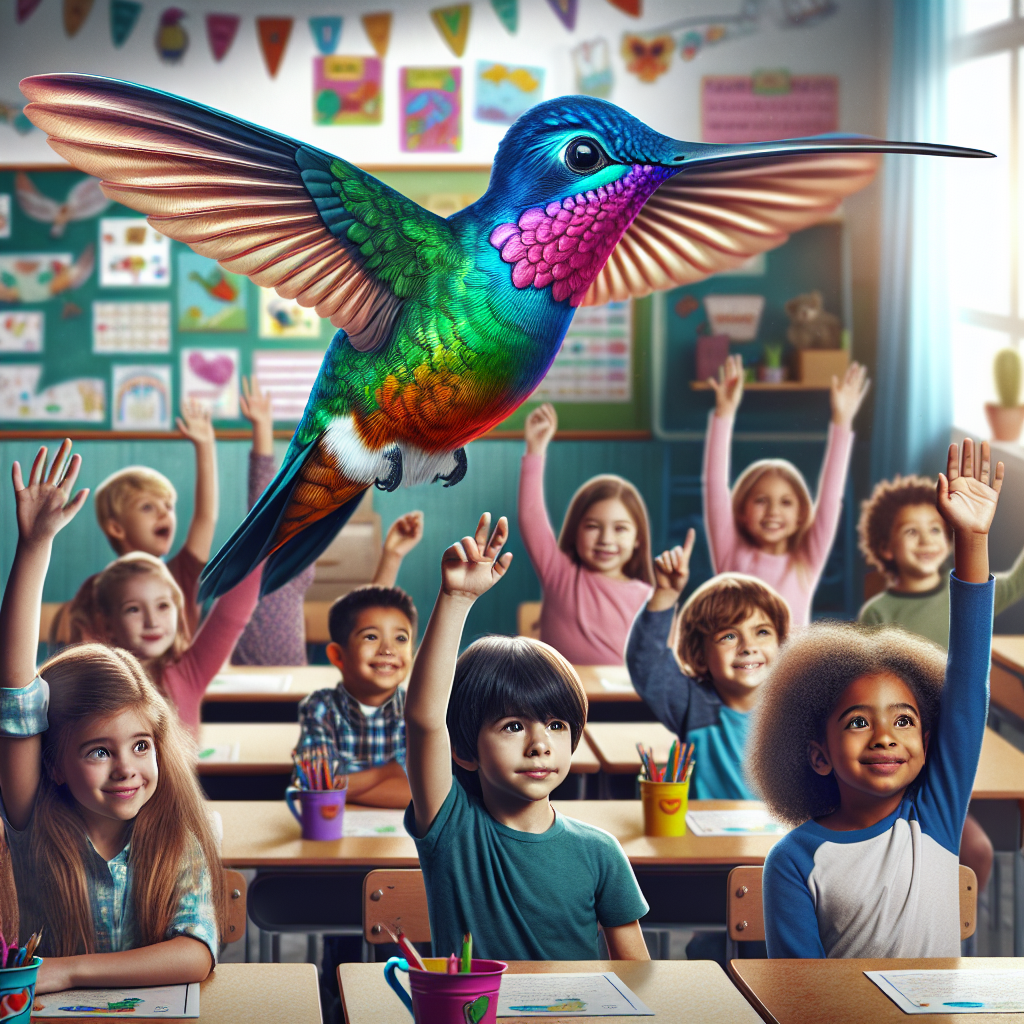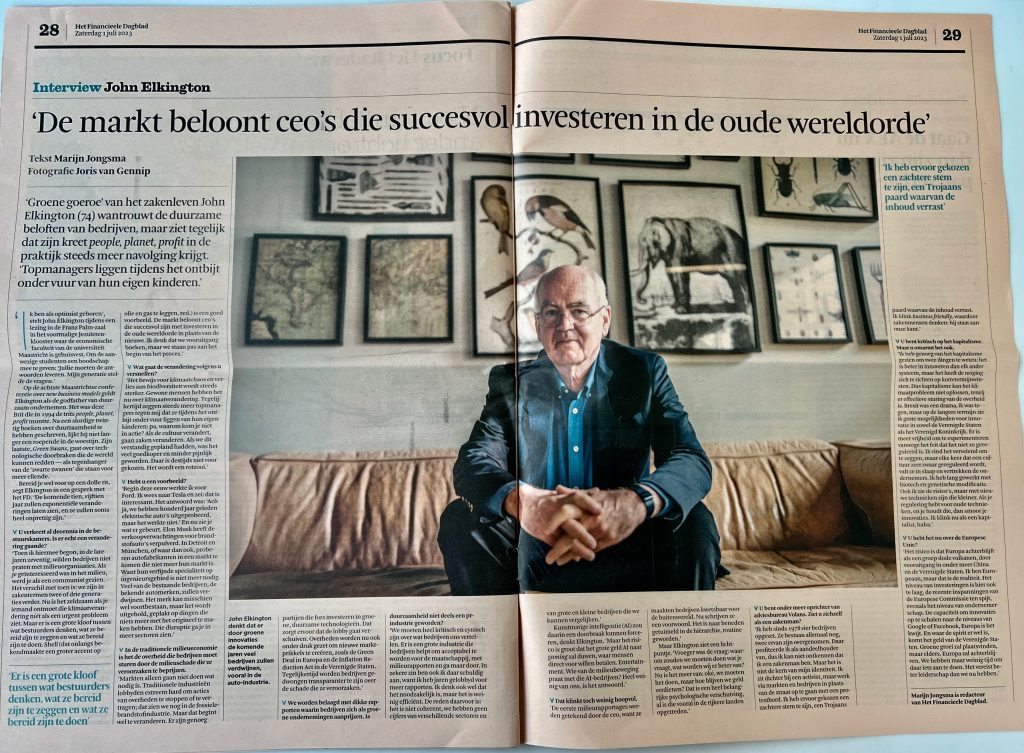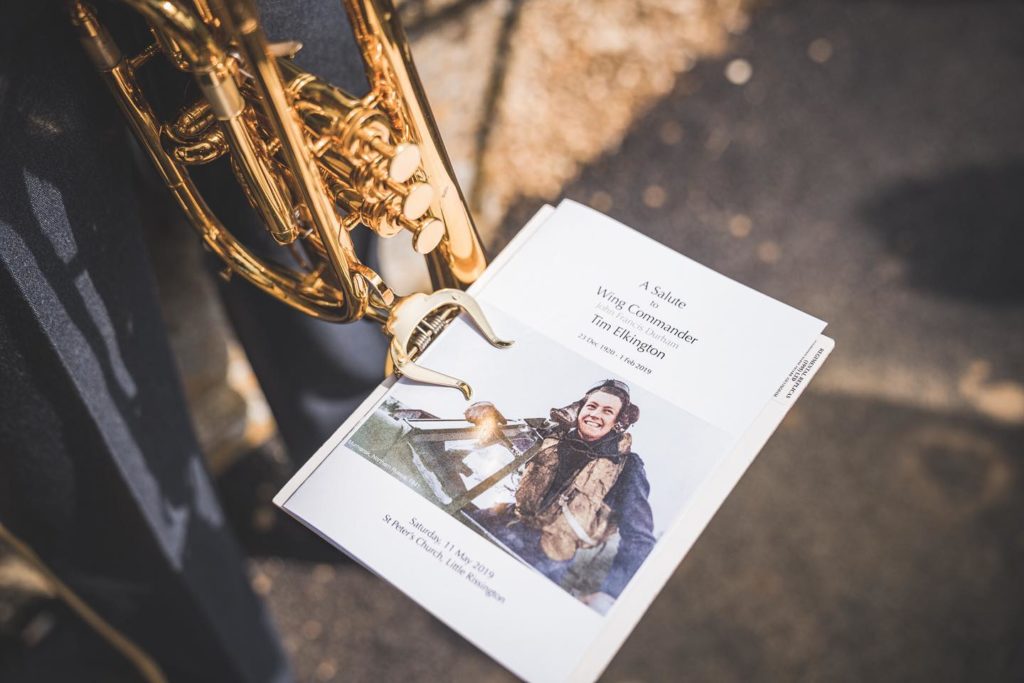
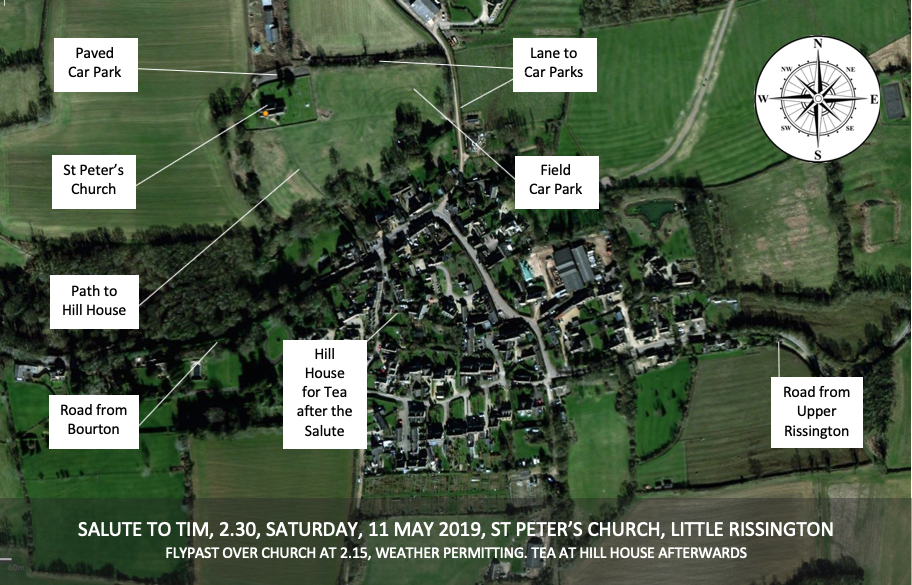
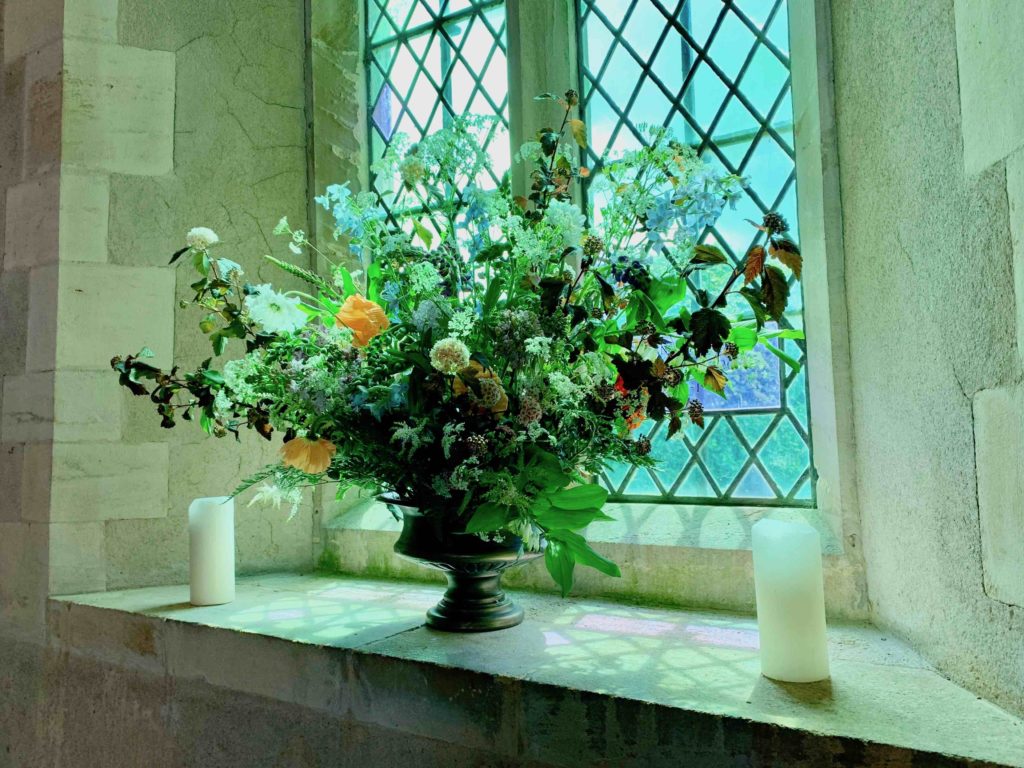

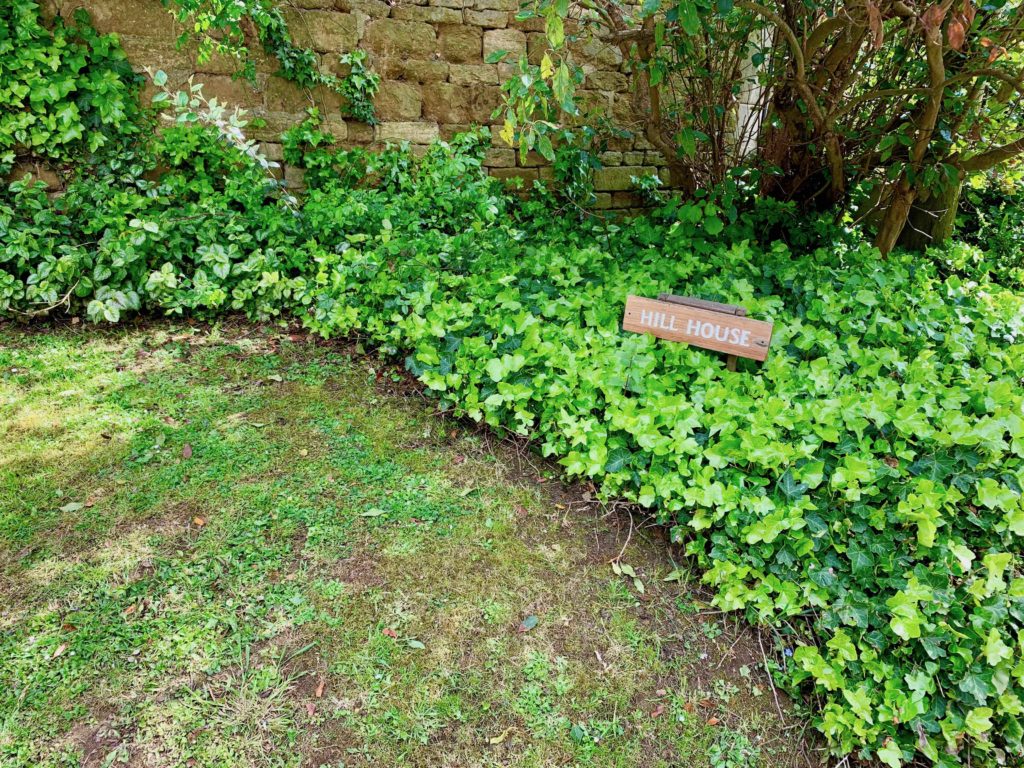
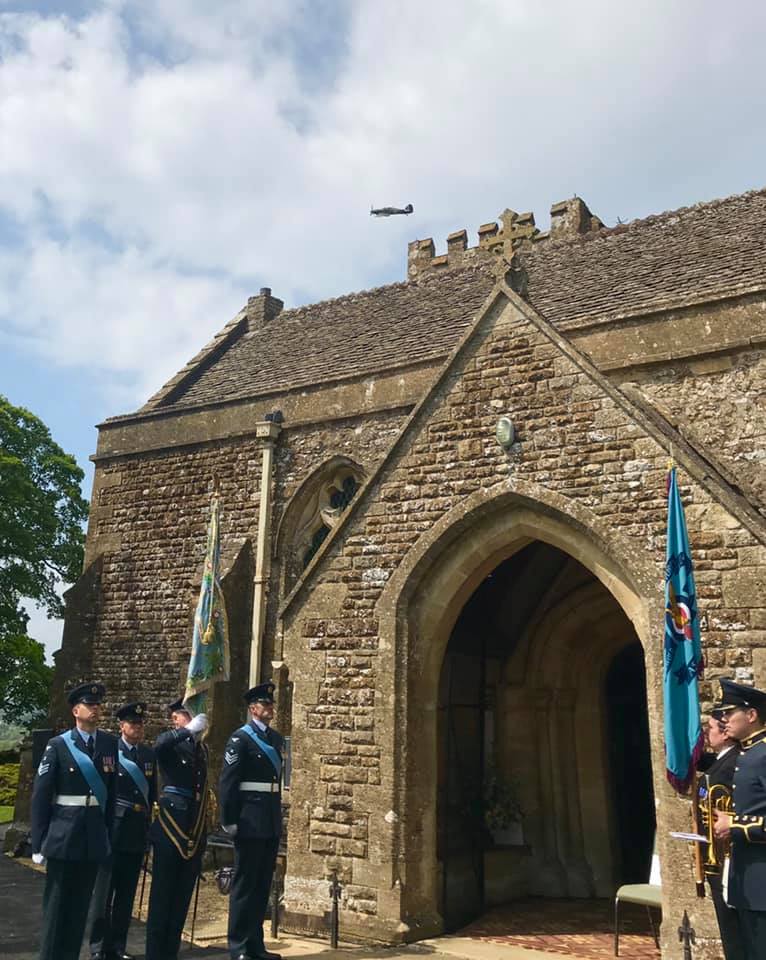




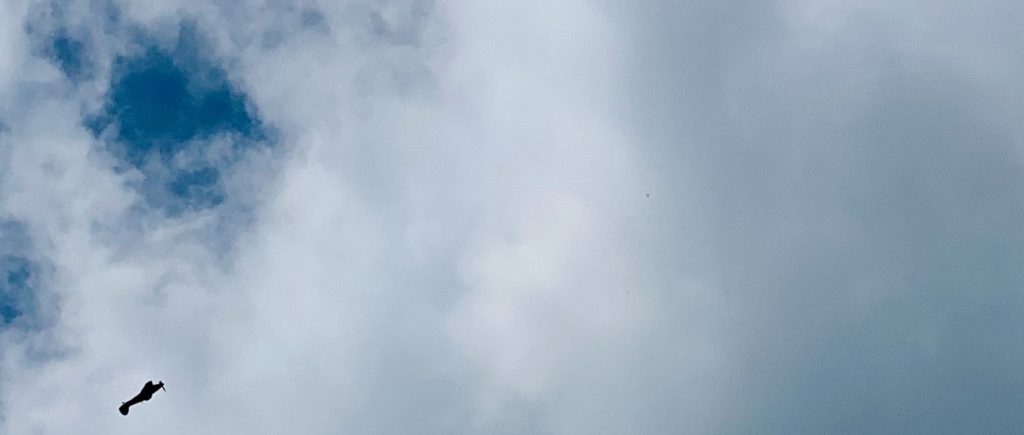
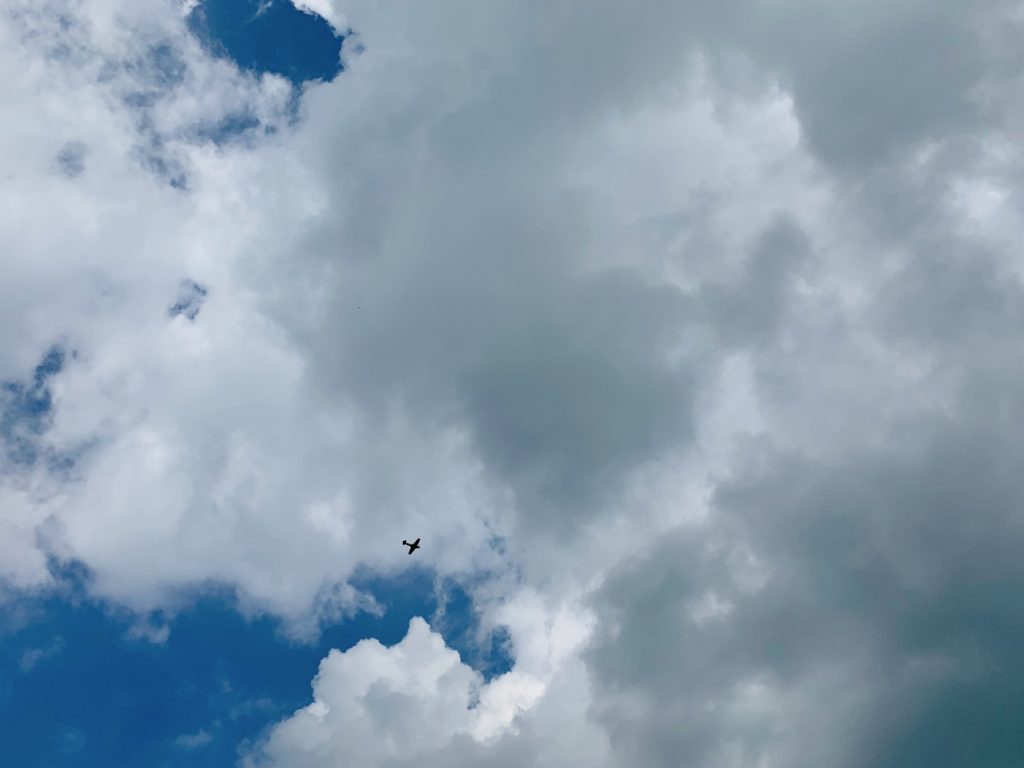
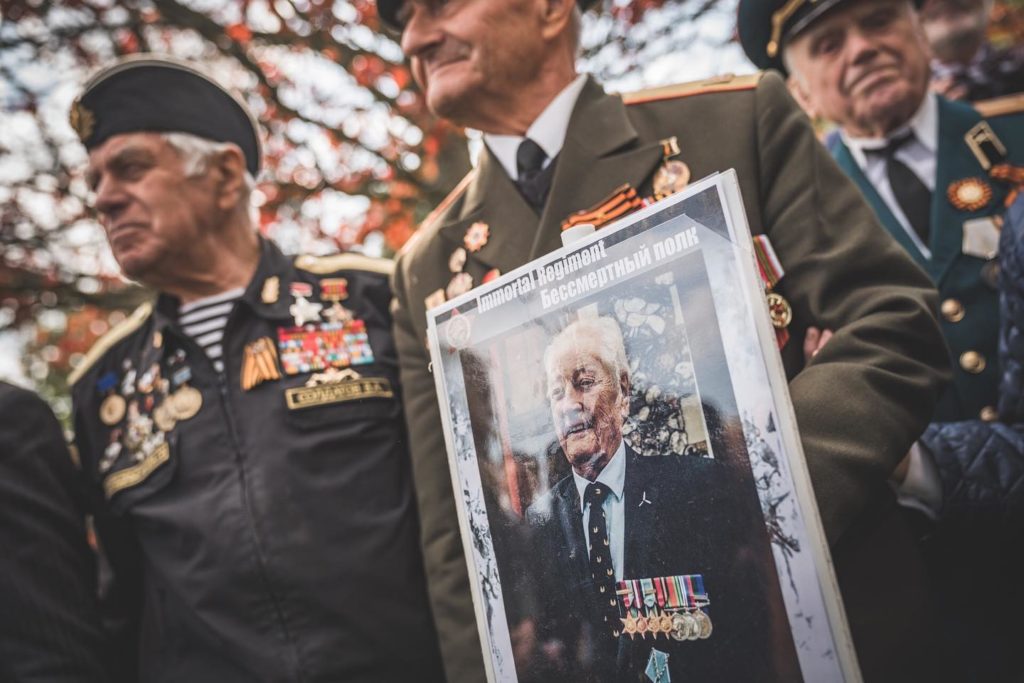
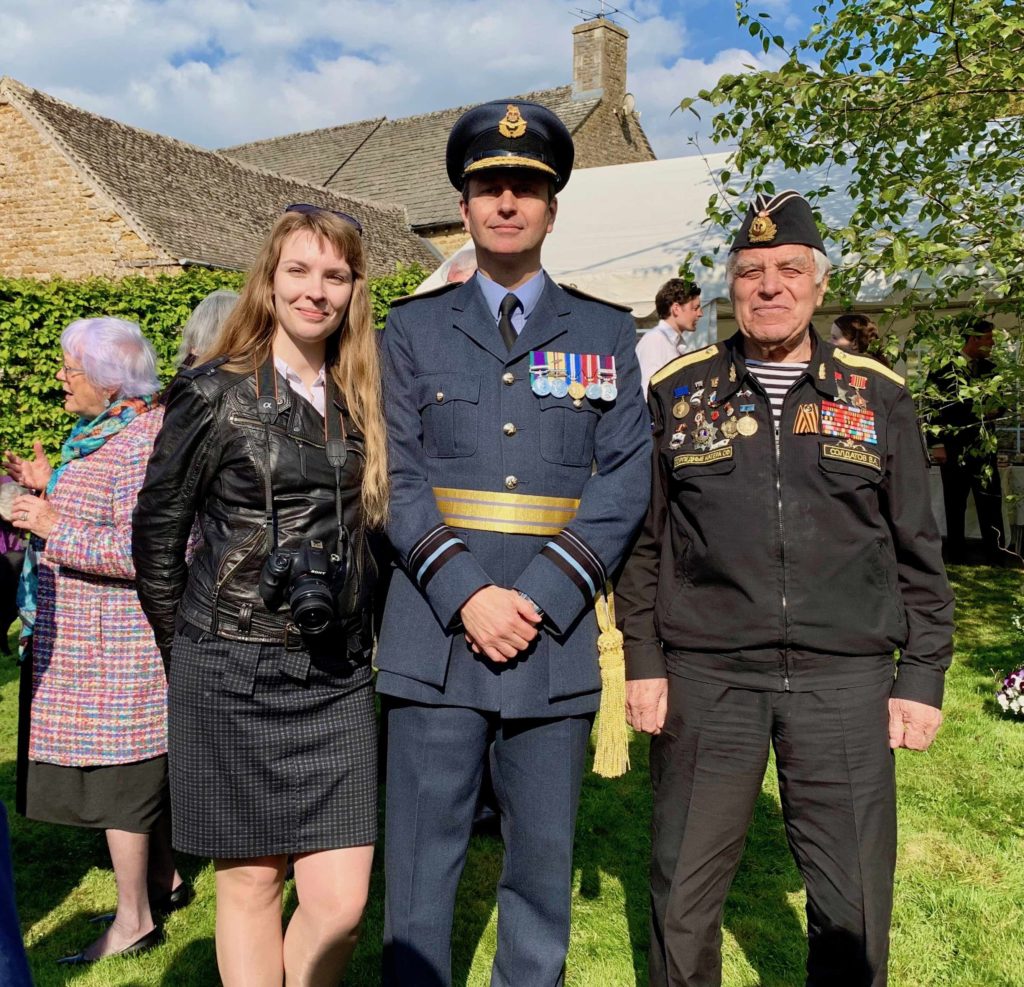
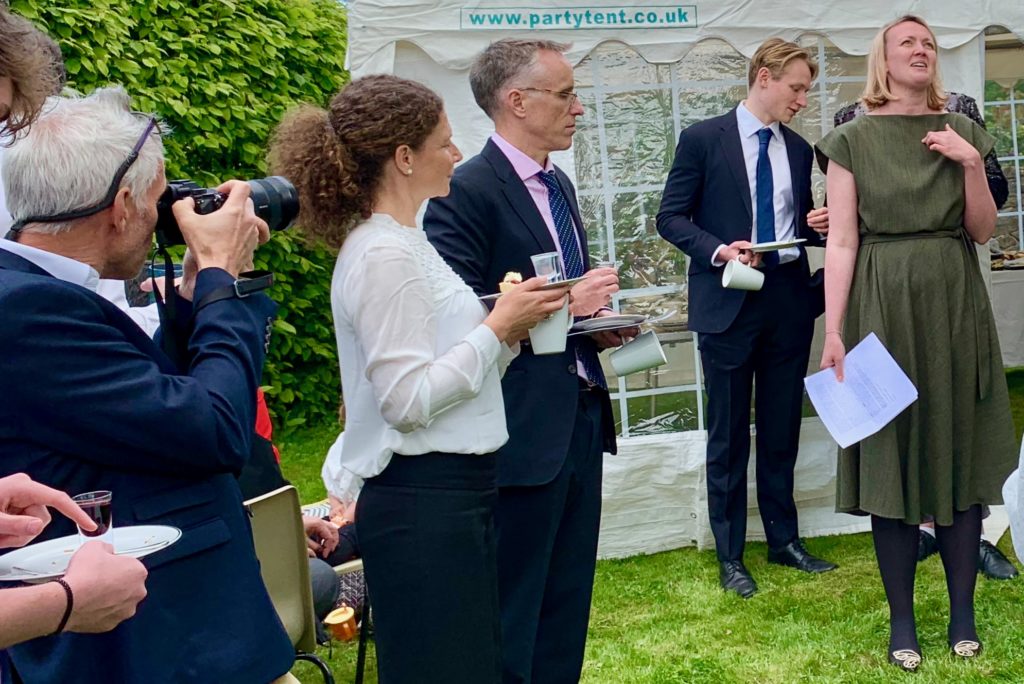

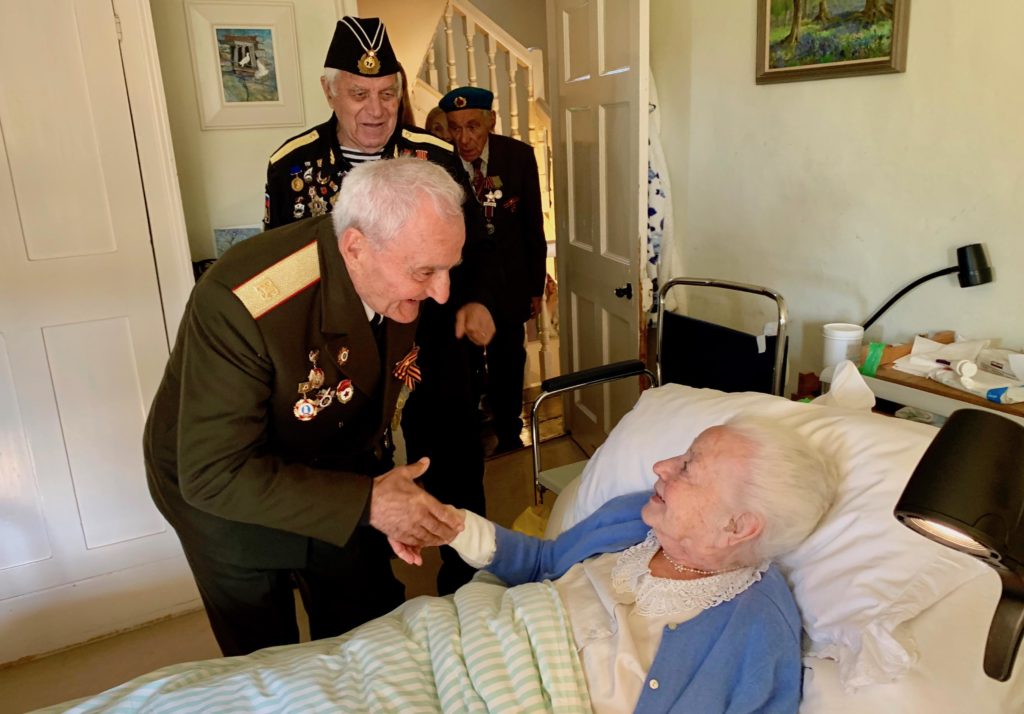
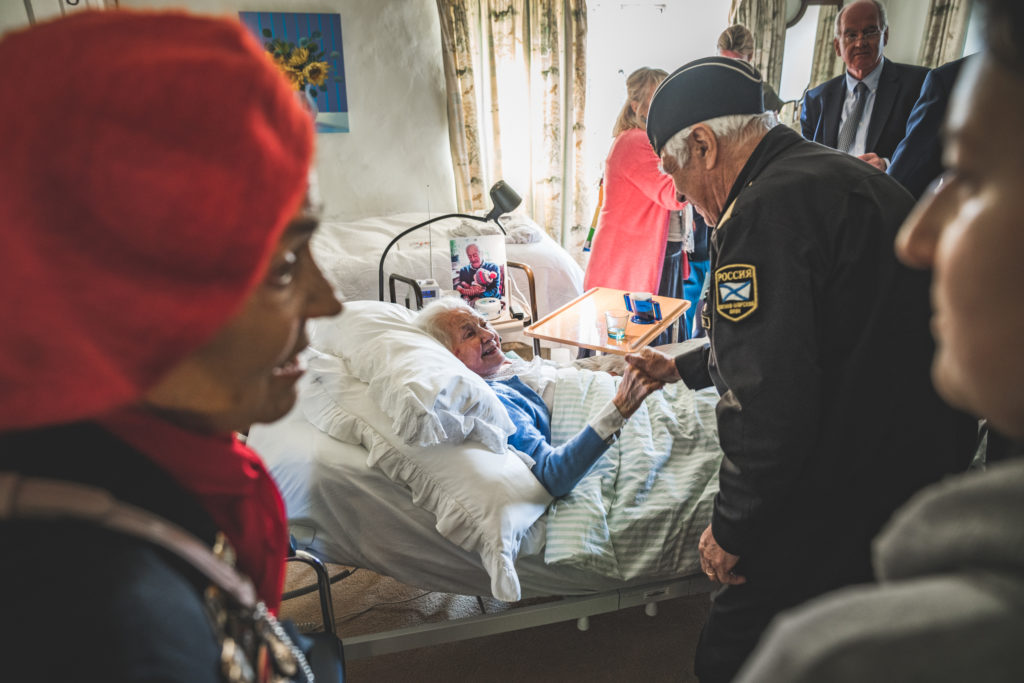
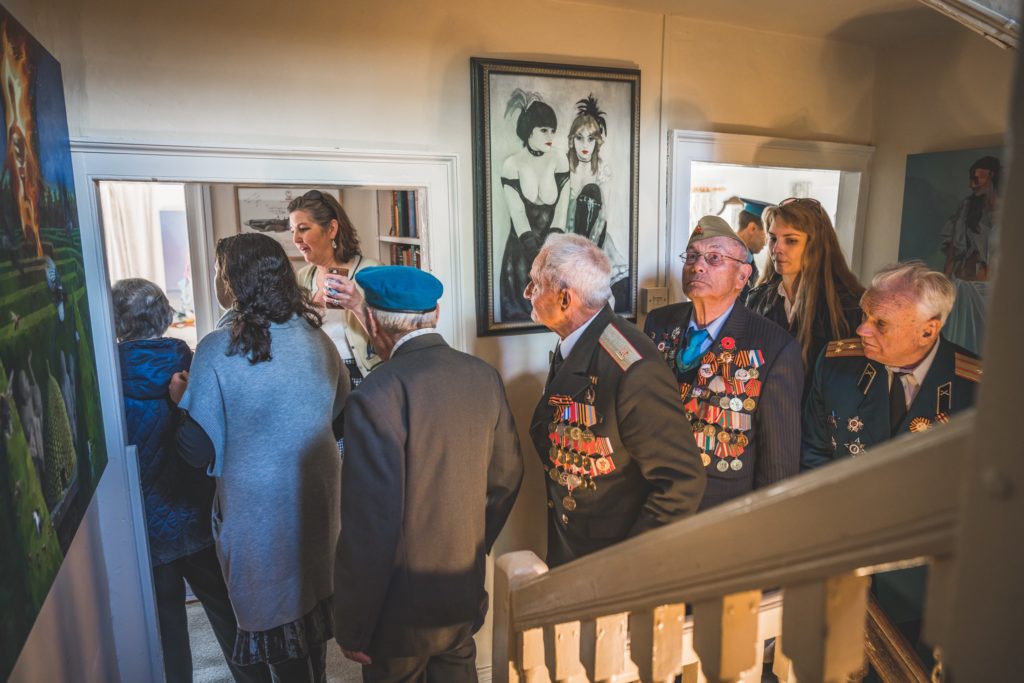

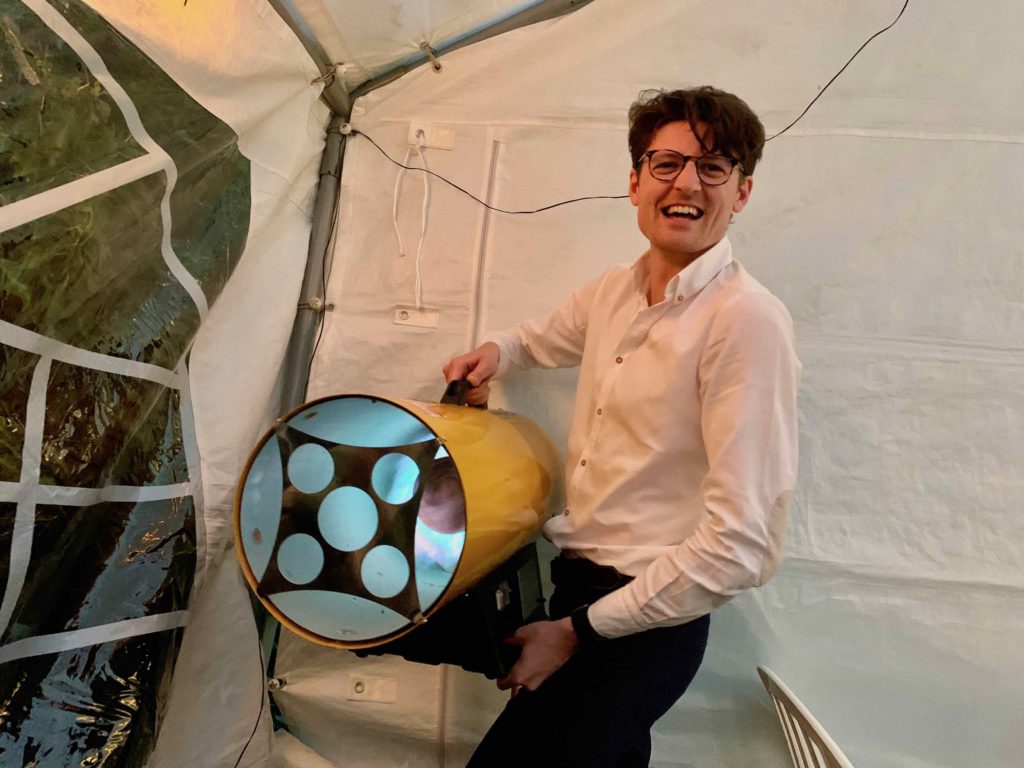
I learned many things from my father, Tim. But the last lesson was not to have a funeral – but instead to let the dust settle and then have a wonderful memorial service. In his case, it was a service conducted by The Venerable Ray Pentland CB, Honorary Chaplain to the Battle of Britain Fighter Association. He did the service with a twinkle in his eye and some delightful situational humour. Perfect. Tim would have loved it.
Representing HRH The Prince of Wales and the Chief of Air Staff was Air Vice Marshal Simon Ellard, Air Officer Commanding No 38 Group. The honour guard bore the Standard of No 1 Squadron, with which Tim was serving when he was shot down in August 1940.
And representing his later time in Russia were nine nonogeneraian Russian veterans of the ‘Great Patriotic War’, a time when the Soviet Union was our ally – and Tim went around to Murmansk, both as a CAM shipfighter pilot and to teach the Russians to fly Hurricanes. And fly with them. The photo on the Order of Service dates back to that time.
Despite ongoing tensions with Vladimir Putin, these extraordinary people were spontaneously applauded into the church, which was dressed with glorious floral arrays by our daughter Gaia.
Rather than have one eulogy, we offered a 5-part tribute, with me kicking off, then Gray, then Tessa (who accompanied Tim on so many of his diplomatic adventures over the years, notably the trip to Russia with Princess Anne), then Lydia Elkington (Gray’s daughter) and finally Gil Chambers (Tessa’s oldest son), reading one of Caroline’s poems, this one about Tim’s wife of 70-plus years, Pat.
This was followed by an appreciation of Tim and his generation of Battle of Britain pilots by Dilip Sarkar, who has published extensively on the period, by Churchill’s account our finest hour.
Our daughter Hania later added a further brilliant facet to our collective portrayal during the reception in the garden of Cottor’s Barn, next door to Hill House, where the Chambers have periodically roosted for many years. She told one of the defining stories of Tim’s life as a father, grandfather and then, with Hania and Jake’s son Gene, great-grandfather. He taught many of us to drive, in the old Landrover up on Little Rissington airfield – and he taught us to shoot, shotguns, air rifles, bows and arrows. When it came to teaching Gaia to shoot a rifle, he chose to do so in his huge greenhouse out behind the barn.
Gaia: “What if I miss?” Tim: “Don’t!“
The music included Elegy on the RAF March, two hymns (Morning has Brokenand Lord of all Hopefulness), a wonderful a cappella rendering, with trumpet interlude, by Gaia’s husband Paul Eros of When the Swallows Come Back to Capistrano(Tim loved vocal groups like The Ink Spots and The Mills Brothers), The Last Postand Reveille played by the Royal Air Force Trumpeter, and then – playing us out of the church – Vera Lynn singing Wish Me Luck. That one really brought tears to my eyes.
But the unquestioned highlight of the Salute was the flypast by a Hurricane Mk 1, R4118 UP-W, flown by Stu Goldspink. This is the only Hurricane from the Battle of Britain that is still airborne today. He flew it across from Duxford, Cambridgeshire. Our huge thanks go to James Brown and David ‘Rats’ Ratcliffe for making that possible. The aircraft left with a final waggle of its wings as it headed back east, the Merlin engine fading into the distance as we headed into the church.
A worthy, moving and yet playful celebration of the most important man in my life – and, I suspect, in those of a fair few others.
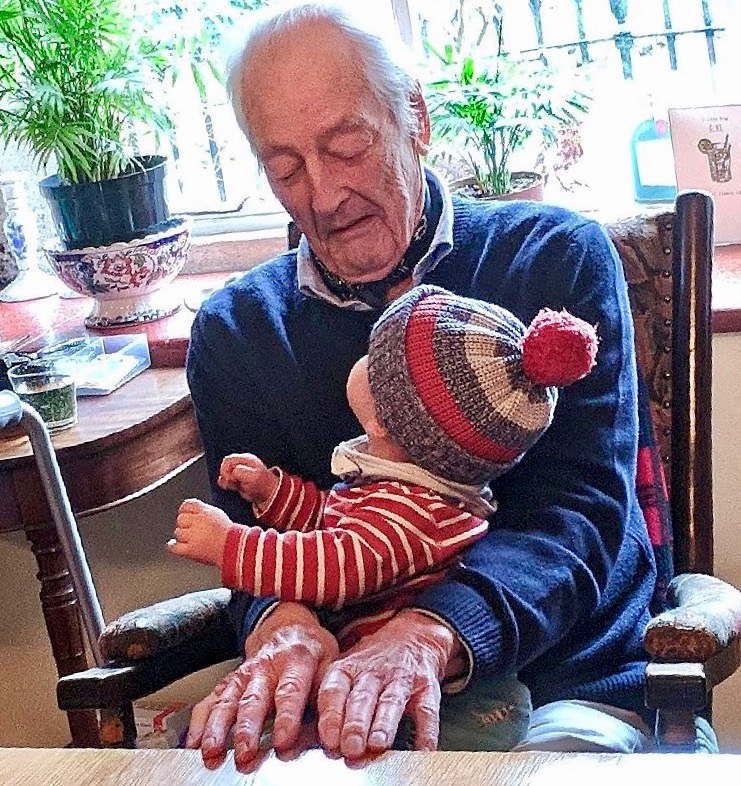
[With huge thanks to cousin Toby Adamson, Pat’s nephew, for many of the photographs used here, and to Hill House neighbour Nick Cole, Church Warden at St Peter’s Church, for so deftly smoothing our way.]

